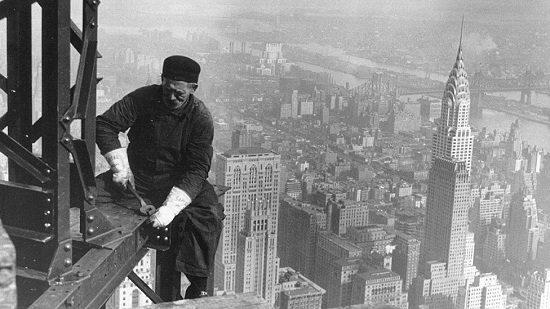 Saturday, October 5, 2024
Saturday, October 5, 2024  Saturday, October 5, 2024
Saturday, October 5, 2024 
China has restricted construction of very tall buildings, calling them vanity projects. It comes at a time when offices across the globe are filled with empty desks and some workers are wary of sharing hermetically sealed spaces. So does the skyscraper still have a future, asks author Judith Dupré.
Ninety years ago, after the world had survived a global pandemic and was on the brink of a devastating economic downturn, the skyscraper’s golden age dawned.
Its breakout stars – the Chrysler and Empire State buildings – were the tallest structures ever built and captured the public’s imagination.
The Chrysler’s spire, secretly assembled inside the building, emerged in a legendary coup, winning the tower the coveted title of “world’s tallest” in 1930. A year later, the Empire State took the title, but the enormous building was slow to lease, so slow that it was called the “Empty State Building” until King Kong, a 1933 film about a lovesick gorilla who scales the building, premiered and filled its floors.
Skyscrapers’ second golden age has been under way for the last 20 years, although construction everywhere has slowed or paused. There was a 20% decrease in the number of tall buildings completed globally in 2020, compared with the previous year, according to the Council on Tall Buildings and Urban Habitat. This is most evident in China, where, until recently, towers were going up at a breakneck pace.
They’ve been written off before. After 9/11, the tall tower was declared dead, a wildly premature prediction. More skyscrapers have been built in the last 20 years than were built in the century previously, and they are safer, stronger, and greener than ever, thanks to the rigorous building standards that were adopted globally following the attacks on the Twin Towers.